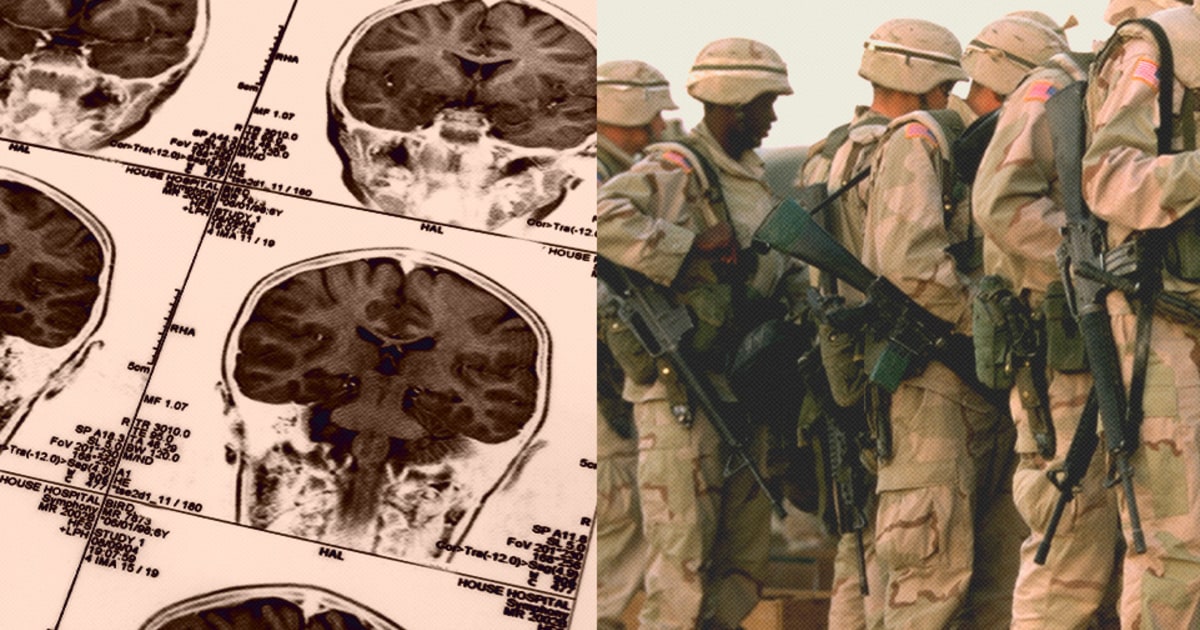“We’re really at an infant stage in terms of our clinical ability to assess traumatic brain injury,” a medical expert said.
Before he ended his life, Ryan Larkin made his family promise to donate his brain to science.
The 29-year-old Navy SEAL was convinced years of exposure to blasts had badly damaged his brain, despite doctors telling him otherwise. He had downloaded dozens of research papers on traumatic brain injury out of frustration that no one was taking him seriously, his father said.
“He knew,” Frank Larkin said. “I’ve grown to understand that he was out to prove that he was hurt, and he wasn’t crazy.”
In 2017, a postmortem study found that Ryan Larkin, a combat medic and instructor who taught SEALs how to breach buildings with explosives, had a pattern of brain scarring unique to service members who’ve endured repeated explosions.



Neuroradiologist here. 👋🏻
The short answer is not necessarily.
I think the main reason for this difficulty on the imaging side is that the brain is such a highly tuned, precise instrument that doing small areas of microscopic damage (below the threshold of medical imaging to detect) can still result in noticeable dysfunction (so a brain can look normal on MRI but have damage too small to see). Secondly, the MRI appearance of chronic trauma overlaps hugely with other, more common conditions.
In a research/university setting there is improved ability to detect some of these cases using advanced or experimental techniques that aren’t common out in the community setting, but even so I would wager that there are a significant number of cases that fall into the “looks normal” category.